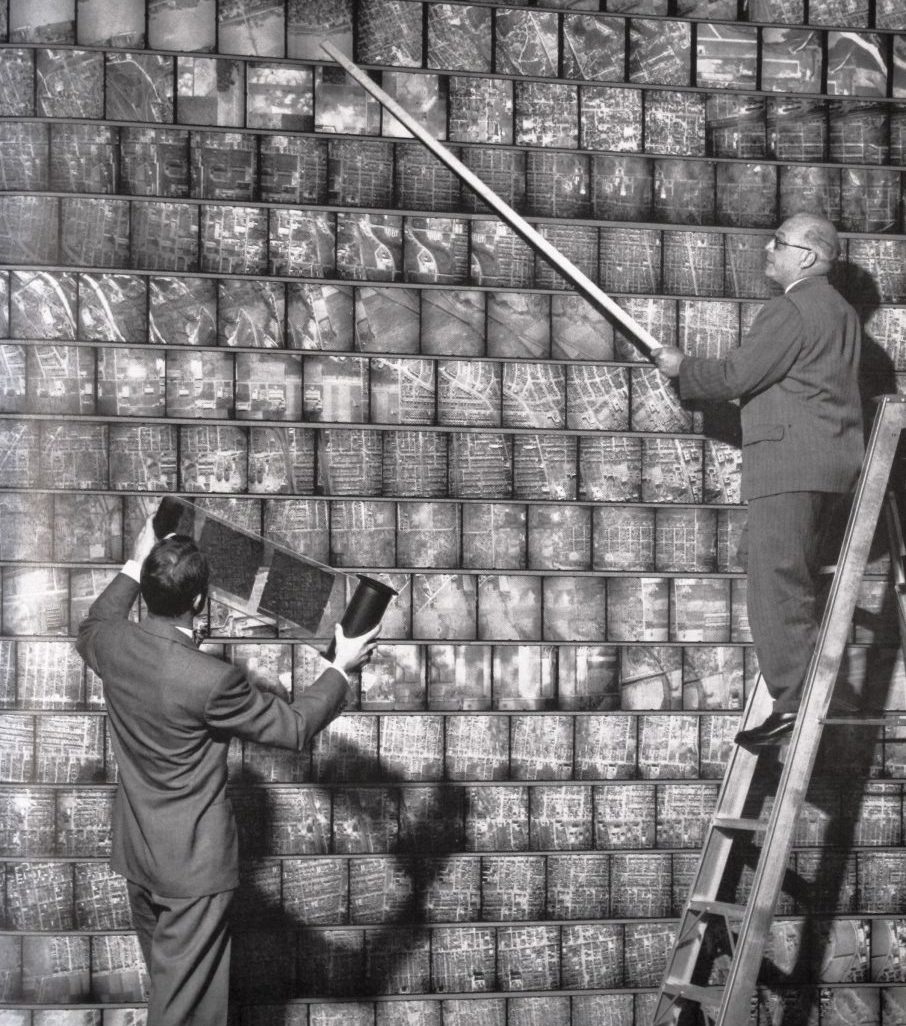University of Lausanne
Photographs tend to exist in masses. They are a driving force of mass consumerism, and ever since the invention of the medium, the industry has produced numerous devices for accelerating the production, storage and diffusion of photographs, including the film roll, the memory card, small format and digital cameras, chronophotography, wire images, and rotary printing. In parallel, techniques and standards for handling, organizing, and making sense of these ever-increasing collections have been developed or adapted to photography, including iconography, registries, card catalogues, library classification systems, data banks, and algorithms as well as arrangements for juxtaposing photographs such as contact sheets and atlases. Sometimes, photographs act as objects that constitute a collection; sometimes, photography instead functions as a mechanism of conveying material of various sources and provides access to it, as is the case with microfilm, for example. Today, the indexicality of digital photography (André Gunthert) provides additional tools for penetrating the image and associating data with that image; thus, digital photography offers new ways of managing and accessing great quantities of images and of potentially creating knowledge.
 Eastman Kodak Company Annual Report, 1952. George Eastman Museum, Rochester.
Eastman Kodak Company Annual Report, 1952. George Eastman Museum, Rochester.
The PDF of the program can be downloaded here.
The conference is organized by Estelle Blaschke, Olivier Lugon and Davide Nerini as part of the SNSF-research project “Encapsulating World Culture: the Rise and the Imaginary of Microfilm (1920s to 1950s).”
